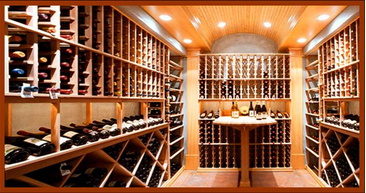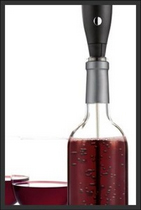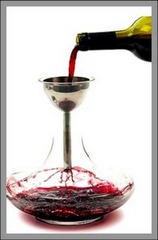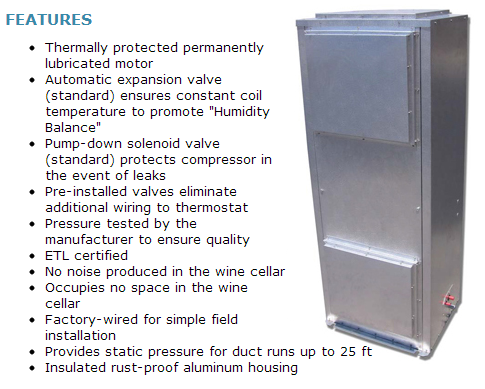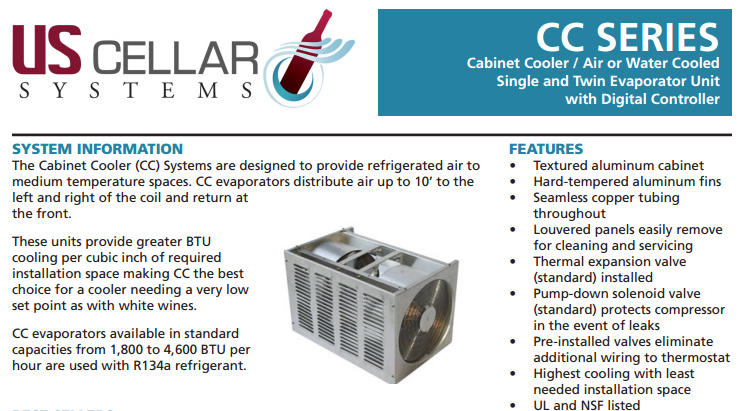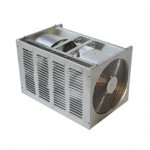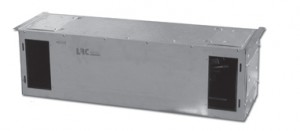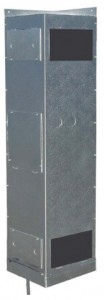It is common knowledge that wines need to age well to be enjoyed by the drinker. Some wine lovers collect wine for easy access of their favorite vintage. Here’s a guide on how to enjoy wine to the fullest.
A Guide to Wine Enjoyment – Proper Wine Storage, Aeration & Decanting
Wine Storage
Proper wine storage affects how wine will taste after the bottle is opened. Wine storage solutions include wine cellars, wine racks, and wine cabinets.
Residential wine cellars are ideal for wine collectors who have the right space and budget. It is important that you choose a professional wine cellar builder who designs and installs the wine cellar with the equipment necessary for your wines to achieve peak quality. Wine cellars can be customized to provide uniqueness to your existing space.
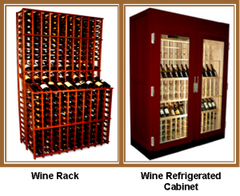 You may opt for wine racks if you have only a few wine bottles and have a limited budget for building your own wine cellar. Wine racks can also be customized to complement the existing decor of your area.
You may opt for wine racks if you have only a few wine bottles and have a limited budget for building your own wine cellar. Wine racks can also be customized to complement the existing decor of your area.
Wine cabinets are built and designed to function like a wine cellar because they have refrigeration units which maintain the ideal wine storage temperature and humidity level.
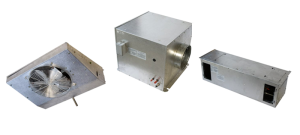 In choosing a wine storage solution, it is best to consider factors such as location, budget, and the size of your collection to keep your wines safe from external factors such as direct light, heat, and vibration.
In choosing a wine storage solution, it is best to consider factors such as location, budget, and the size of your collection to keep your wines safe from external factors such as direct light, heat, and vibration.
If you are looking for a reliable wine cellar refrigeration system for your wine cellar, contact US Cellar Systems at (562) 513-3017 or click here to learn more about products they offer.
Decanting and Aerating Wine
The two terms are usually used interchangeably, but they are very much different. Let us first define the two terms before discussing further. Decanting is transferring the contents of a wine bottle into another container called a decanter before the wine is served. On the other hand, aerating is to let the wine bottle breathe by exposing it to air.
These two methods are done to maximize enjoyment of wine. There are ways on how to properly aerate and decant wines.
Aeration is usually needed by young wines. It is done to soften tannins in wine and to make it more balanced and smooth. It also lessens the carbon dioxide level of young wines.
One way to aerate a wine faster is through the use of an electronic aerator. This electronic aerator is a battery operated steel rod that is placed inside the wine bottle which will stir the wine in the bottle, making it mix with air. If you do not own any wine aerating device at home, you can simply maximize the wine pouring distance from the bottle to the glass and this will aid in aerating your wine.
What are the benefits of aerating wines? Aerating wines can get rid of “bottle stink”. Bottle stink is the odor that is evident when a bottle of wine is opened but evaporates easily once it has been aired.
The age of wine will determine how long it should be aerated. An old wine with the age of more than 15 years should not be aerated for more than a minute, while a full bodied and complex red wine should be aerated for about an hour. Young, tannic red wine should be aerated for about 2 hours.
Decanting is done to separate wine from its sediments. By the act of transferring the liquid to a decanter, wine is agitated and mixes with oxygen, developing and bringing wine to life. This is why decanting is best for young wines.
Decanting an old wine and a young wine varies. In decanting older wines, a lot of care and flair is required. An old wine does not need any artificial boost thus you have to decant it before serving and before it changes.
Meanwhile, you can decant a young wine by pouring it in a decanter and letting it sit for about 20 minutes before serving it. You may observe that the wine tastes better after decanting. Both red and white wine can be placed in a decanter if you feel that it is necessary to do so.
Remember that wine damage is caused by unstable temperatures and humidity. These factors may cause your wines to lose their vibrant aroma. This is why maintaining proper wine storage conditions and decanting and aerating wine are essential in maximum enjoyment of wine. When you master these, you will surely impress guests during wine tasting parties in your wine cellar.





